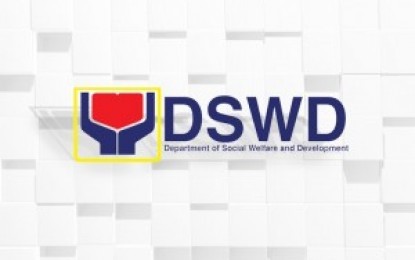PAMPANGA’S CITY OF SAN FERNANDO — The Department of Social Welfare and Development (DSWD) has urged social service providers in the private and public sectors to work with them to provide social protection programs to the most vulnerable members of society.
DSWD-3 regional director Jonathan Dirain said in a statement on Wednesday that they can now share data with other national government agencies, local government units, and other organizations or stakeholders implementing social protection programs and services through the Listahanan 3 poverty database.
Listahanan 3, the third version of the National Household Targeting System for Poverty Reduction (NHTS-PR), is an information system that can be used to identify who and where poor households are in order to target beneficiaries for social protection programs.
“The Listahanan 3 will assist us in providing assistance to the poor and vulnerable sectors of society. “I strongly encourage everyone to use Listahanan 3 to reach the poorest of the poor,” Dirain said.
Following Listahanan’s third round of assessment, which covered 1,512,928 households in the region, a total of 270,456 were identified as poor households in Central Luzon.
In total, 124,440 poor people in targeted poor households live in cities, while 146,016 live in rural areas.
Meanwhile, indigenous peoples (IPs) make up 16,137 of the poorest households (5.97 percent). The province of Zambales has the highest concentration of IPs.
“We appeal to our partners to prioritize those poor households and individuals in providing social protection programs so that they can achieve improved well-being. “By working together, including partner LGUs and organizations, we can make a positive difference in the lives of our less fortunate Filipinos,” Dirain said.
The Cabanatuan City government was the region’s first Listahanan 3 data user.
The Listahanan, according to Helen Bagasao, head of the Cabanatuan City Social Welfare and Development Office, is useful in identifying clients for various social welfare programs and services.
“Ang Listahanan ay mahihirap na kinakailangan nating tulungan (The Listahanan is a big help to the LGU in identifying those who are really poor that we need to help),” Bagasao said.
Source:
